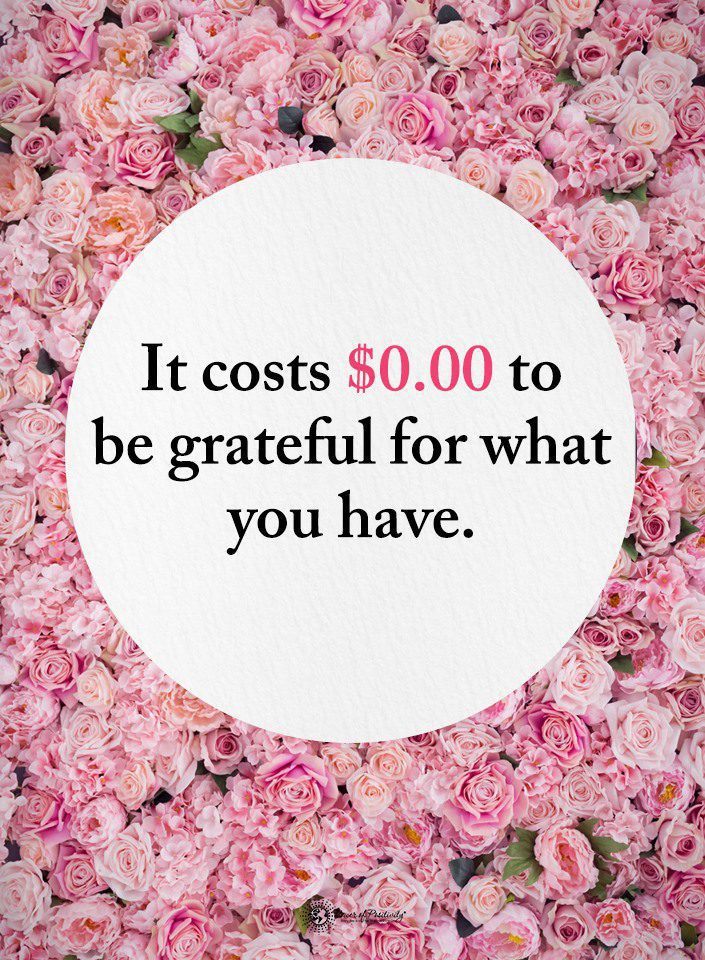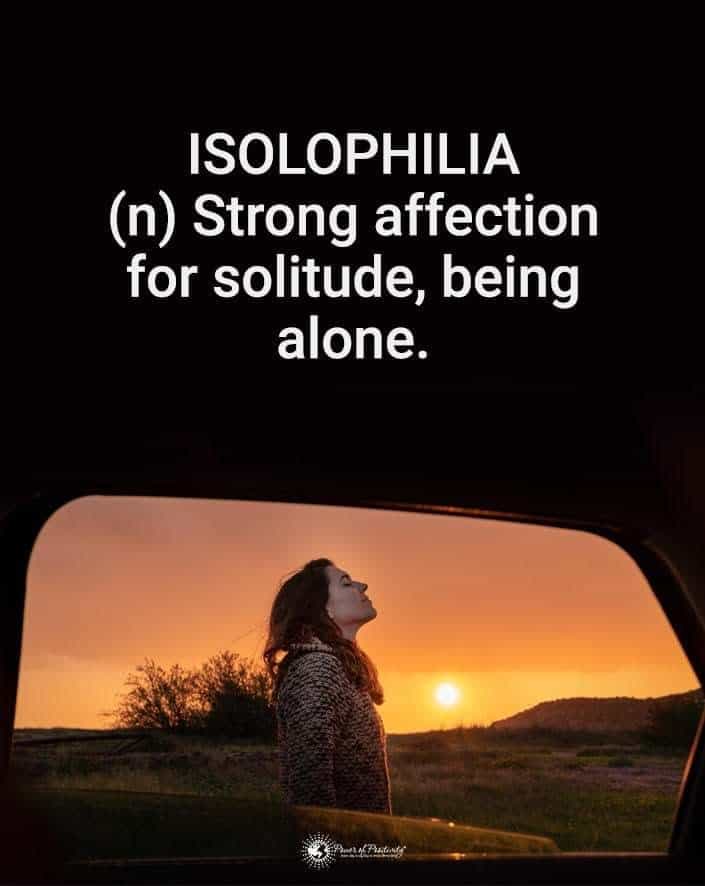Having a few extra bucks in the bank would make life easier, but would it make us truly happy? Are we richer than we realize?
Science says “not really,” according to this study from Princeton University’s Woodrow Wilson School. Researchers found that for every dollar above $75,000 that a person made annually, they reported no greater degree of happiness. However, lower-income people reported feeling sadness or stress at one point.
But, when you think about all the beautiful blessings you have in life that don’t come with a price tag, money doesn’t seem to matter as much. The richest people don’t have all the money in the world; they have very little in the way of material objects and financial wealth, actually. Their wealth comes from relationships with others, how they see themselves and the world, and the little things that money could never buy.
“If you want to feel rich, just count the things you have that money can’t buy.” – Proverb
Here are five reasons you’re richer than you think:

1. You have a family that stands by you no matter what.
At the end of the day, when we’ve been tossed around and a bit battered by our work or school day, our family can lift our spirits and put a smile back on our faces. They support us during the tough times and congratulate us during the great times. They never turn their backs on us, especially when we need them the most. We might fight or disagree with our families from time to time, but the important thing is that they shower us with love and comfort when we need it the most. If you have a family that will stand by you no matter what happens to you or where life takes you, you’re much richer than you think.
2. You have a few close friends that always have your back.
Aside from family, good friends will be there for us during times of struggle and times of triumph. Even if you have one tried and true friend in your life, you’re doing pretty good. Friends can easily turn into family, which means you have an even bigger support system when the going gets rough. Not to mention, friends and family can make many wonderful memories with us, and life wouldn’t be the same if we couldn’t share it with others. So, if you have one or two amazing friends that you consider family, you’re definitely richer than you think.
3. You have enough food to stay healthy.
Of course, healthy food comes at a high price, but if you have some food to put on the table each day that nourishes you and gives you energy, that’s all that counts. Even if you don’t have the money to buy all the organic fruits and vegetables and expensive raw snacks for every meal, having any food on the table is better than nothing. We tend to take our food for granted in our fast-paced world, so next time you have a meal, remember to express gratitude for the nourishment your body will receive. Food gives us life, so if you have enough food to eat three times a day, you’re richer than you think.
4. You have a place to return to at the end of the day.
We also take our housing for granted most of the time, because many of us haven’t had to live without a roof over our heads at any point in our lives. However, if you have a house or apartment with a nice, warm bed to lay down in at night, you have much more wealth than many people worldwide.

5. You’re developing a positive relationship with yourself.
Above all else, loving and caring for yourself provides more wealth than any money. If you see yourself in a positive light and recognize your strengths rather than focusing on your flaws, you’re richer than you think. Your relationship with yourself determines everything else that will happen in your life, down to relationships, job offers, and everything in between, so loving yourself is essential. If you’ve learned to cultivate a positive relationship with the person in the mirror, you have much more than money could ever buy.







